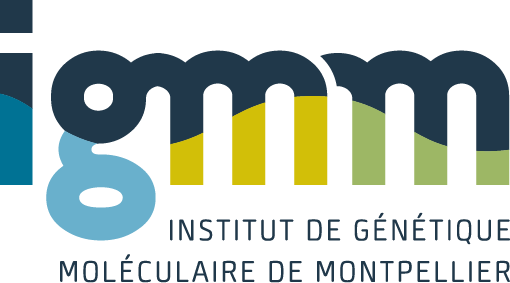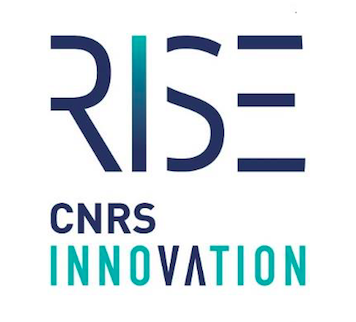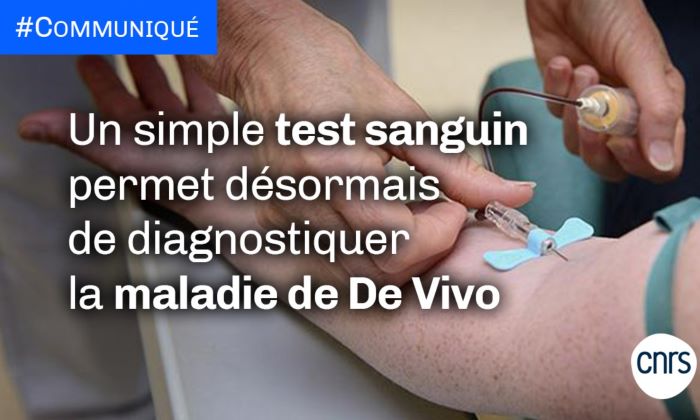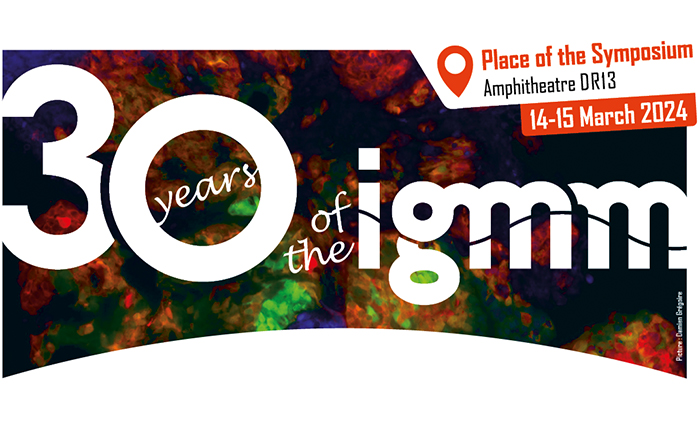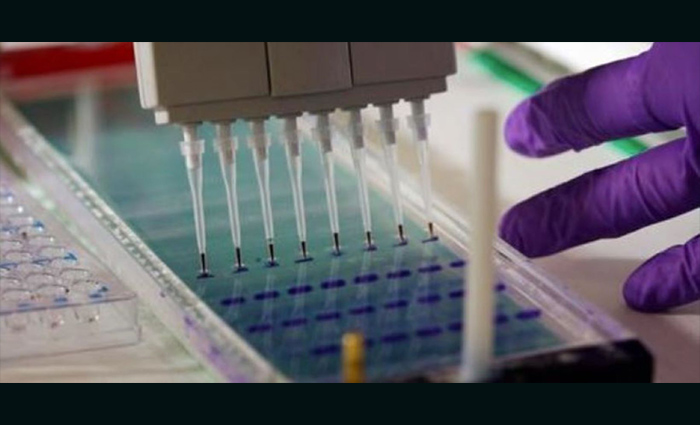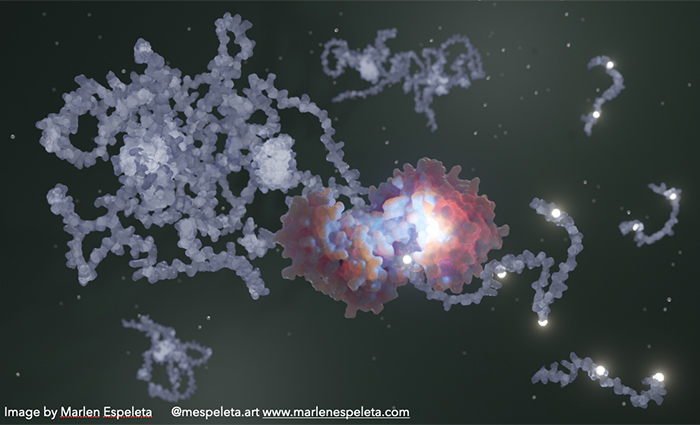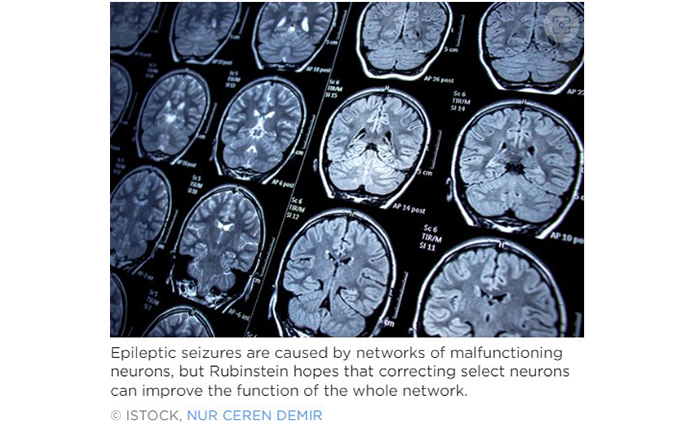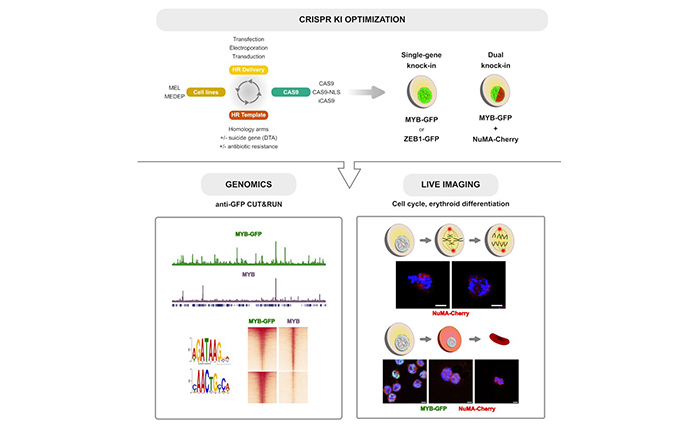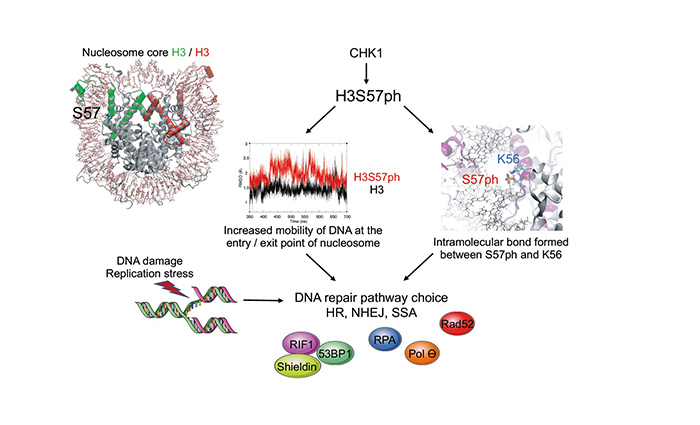Projet GeneCav : Promotion Rise Sante 2024
The GeneCav project by Eric Kremer, Marina Lavigne and Bertrand Beucher has been selected for the CNRS RISE pre-maturation program. Open to all start-up projects and young start-ups involving the CNRS, the CNRS RISE support program, operated by CNRS Innovation, aims to enable project leaders to develop their project under optimum conditions, benefiting from support provided by a … Continue reading Projet GeneCav : Promotion Rise Sante 2024
